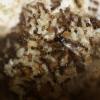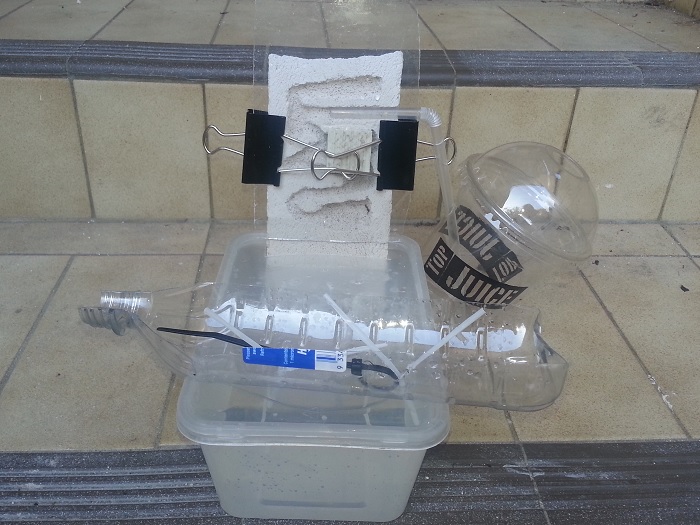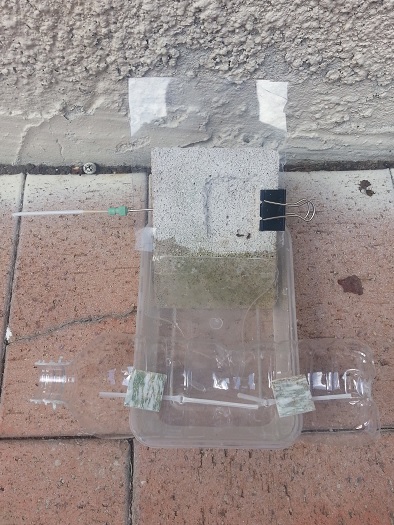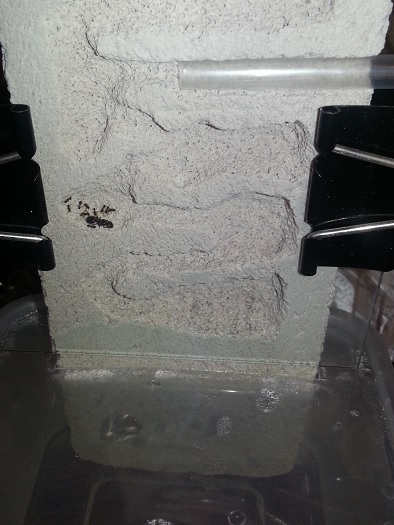1. A cotton rope slightly compressed which runs the perimter of a flat formicarium. The rope would fit in a slot (tubelike). The tube would be open on one side throughout the length of the formicarium except at the corners, where it would compress into a smaller enclosed opening. Thie purpose of a chokepoint is to inhibit any ants that try to chew the rope up. In two opposite corners, I would put two resovoirs where water could be poured into. Above the tubelike structure would be a slot to slide the display glass in. The glass would not cover the resovoirs. The pain is designing the correct size of tube where the cotton is supposed to be.
2. Instead of rope, I would 3d print extremely small holes, maybe .1-.5 of ML, and have the tube fully enclosed minus the holes. I would see if the water would stay in the tube or flood the formicarium. I imagine that when the holes get small enough, the water would either flow very slowly or not at all, but may serve to humidify the nest.
3. Fine mesh floor in some spots for hydration. (It is a good idea that other people have floated on this forum).
4. Have a aquarium or vivarium with a mister, and bypass the whole problem. (Google zoo med mister, though there are cheaper ones). For temperature and moisture gradient, I imagine one could drill holes into two terrarium for a side by side setup, connected by tubes. Or, section off a larger aquarium,amd regulate using closed or screened lids and no mister in one section. A spray bottle can be used too.
Edited by Huch, September 30 2015 - 6:44 PM.



























